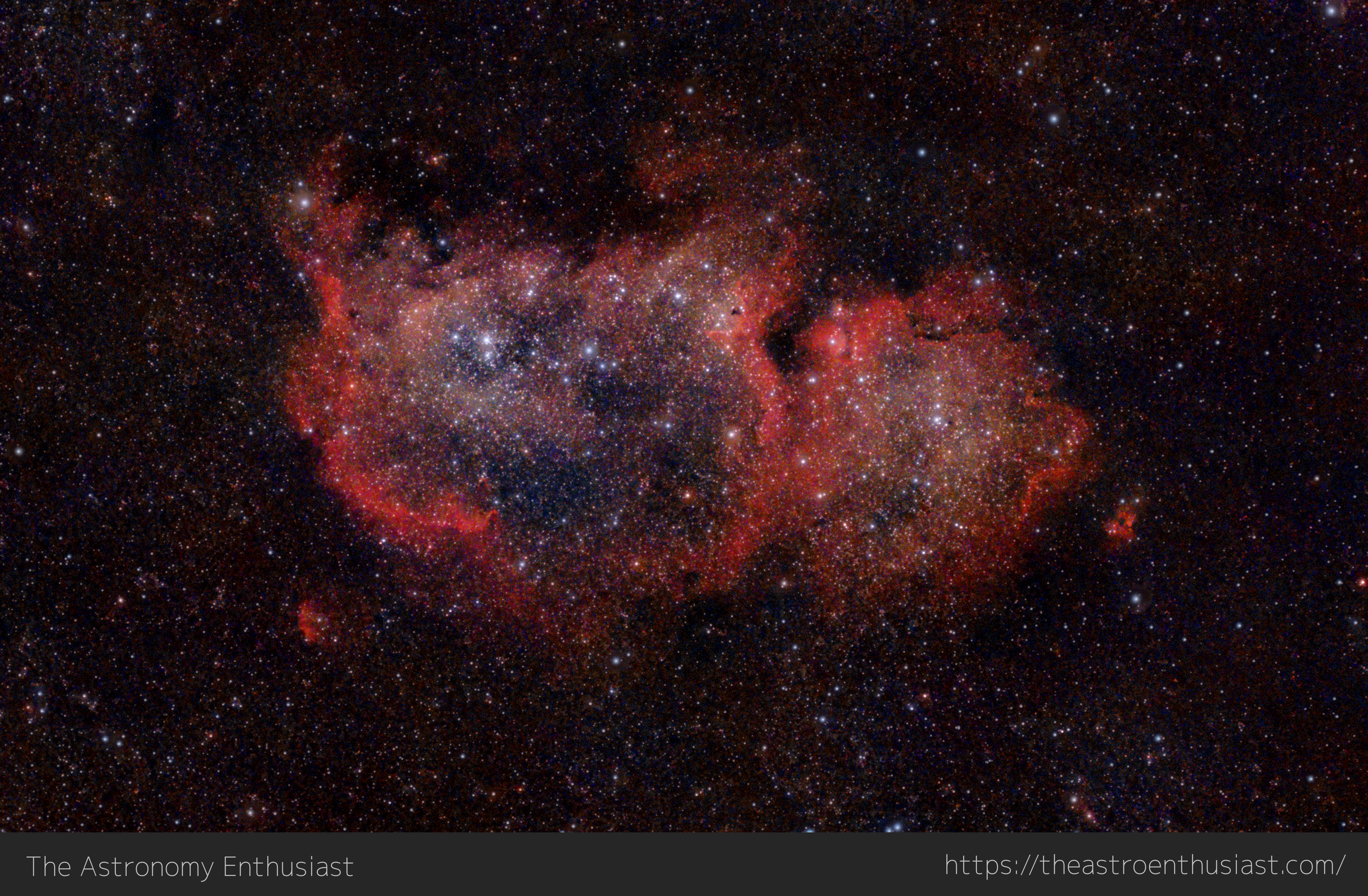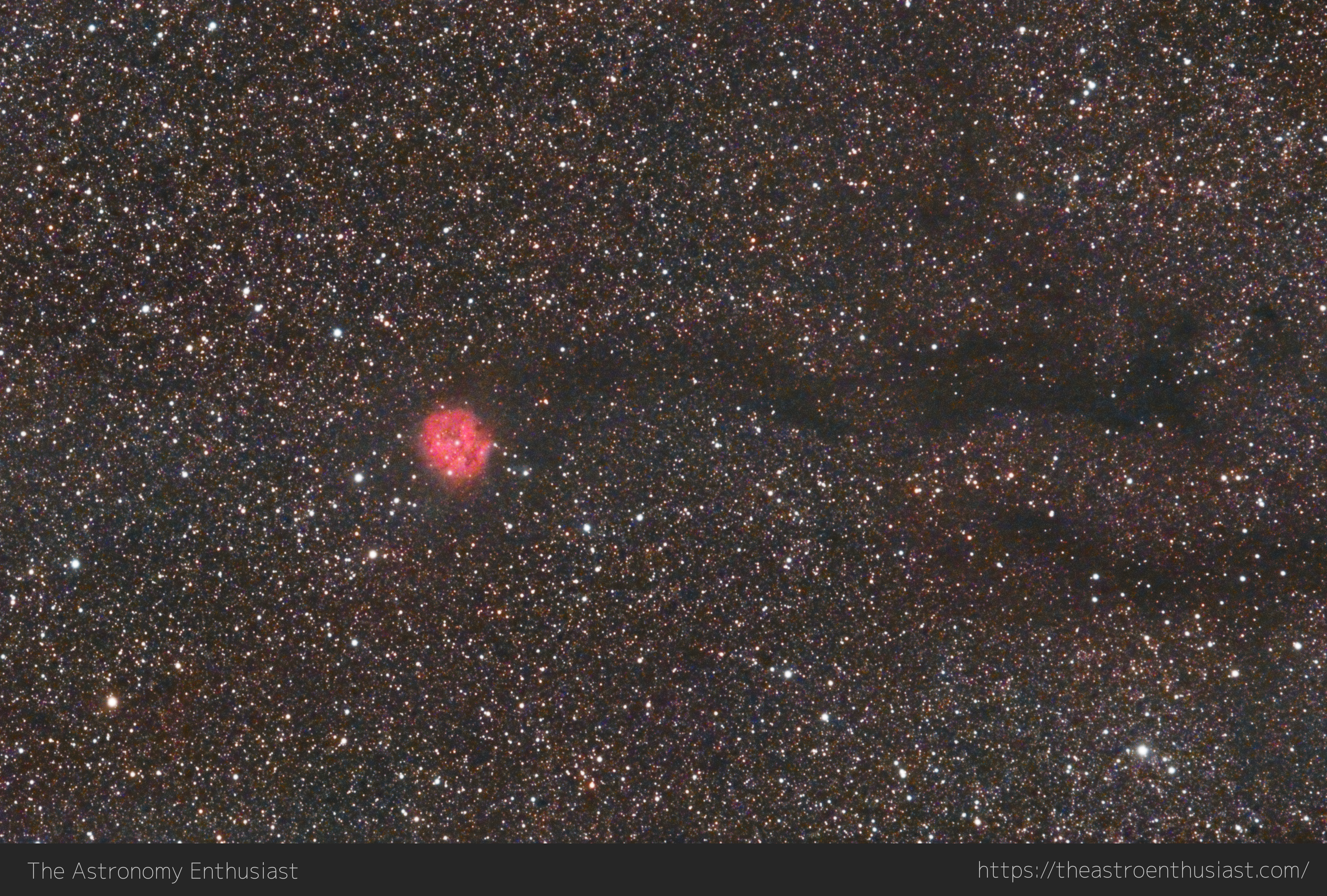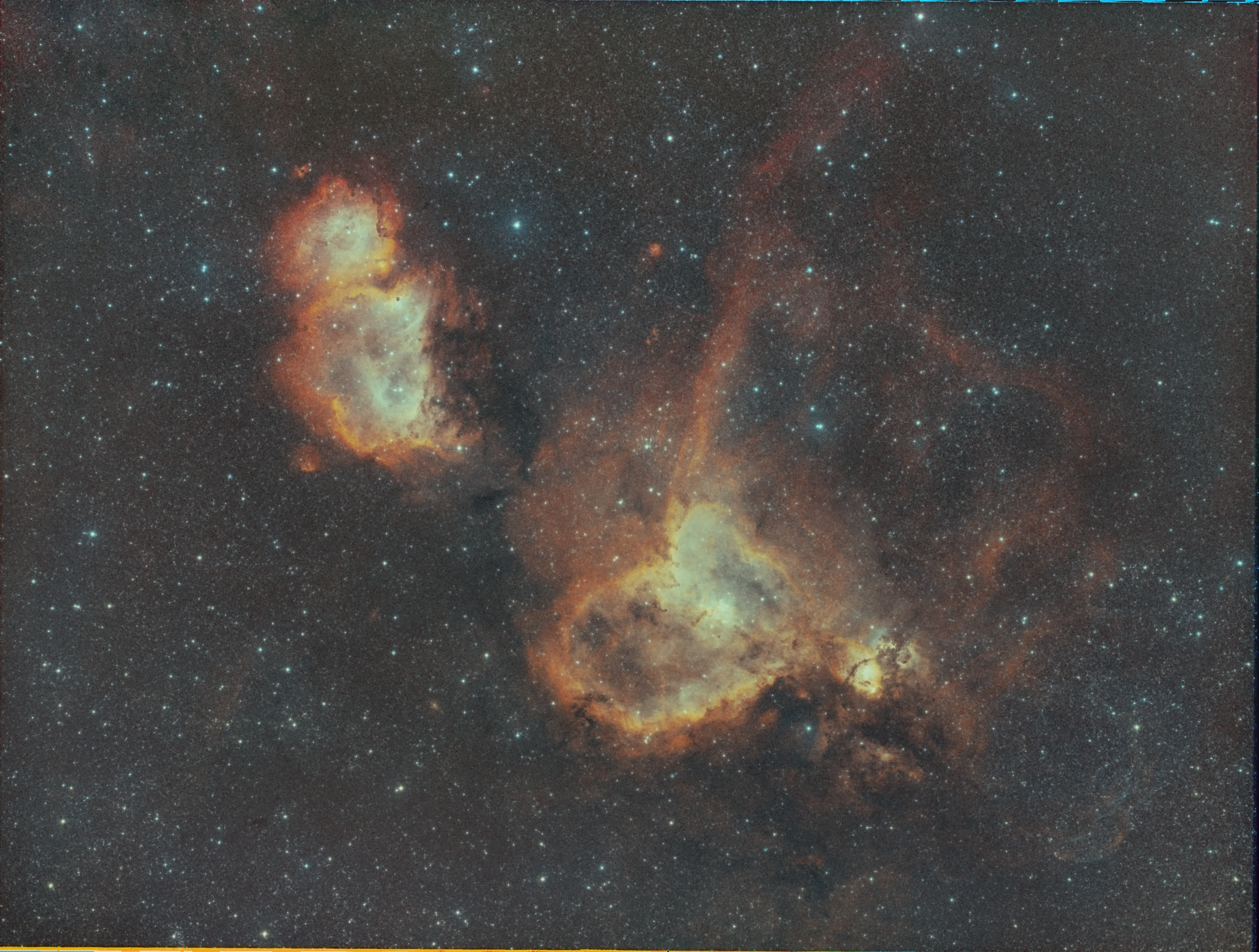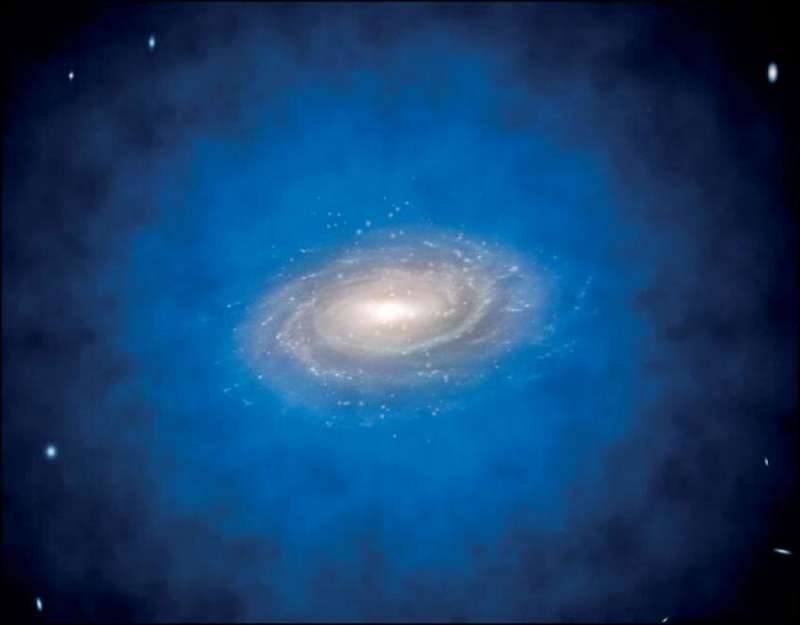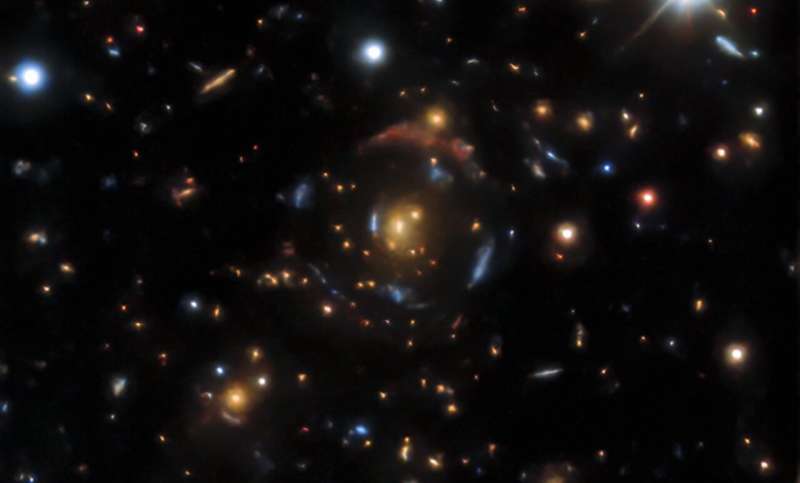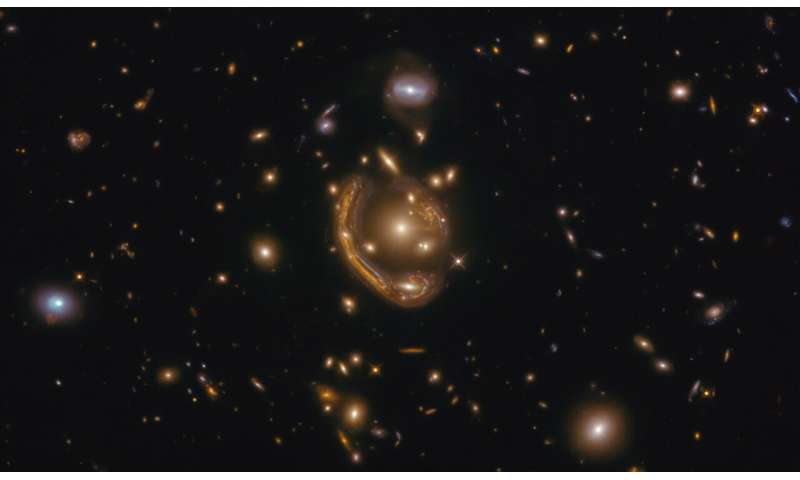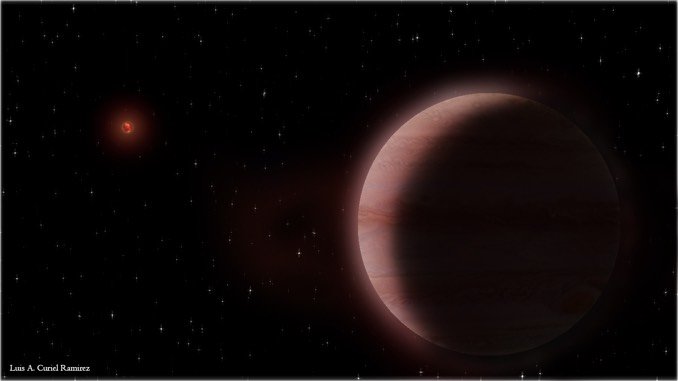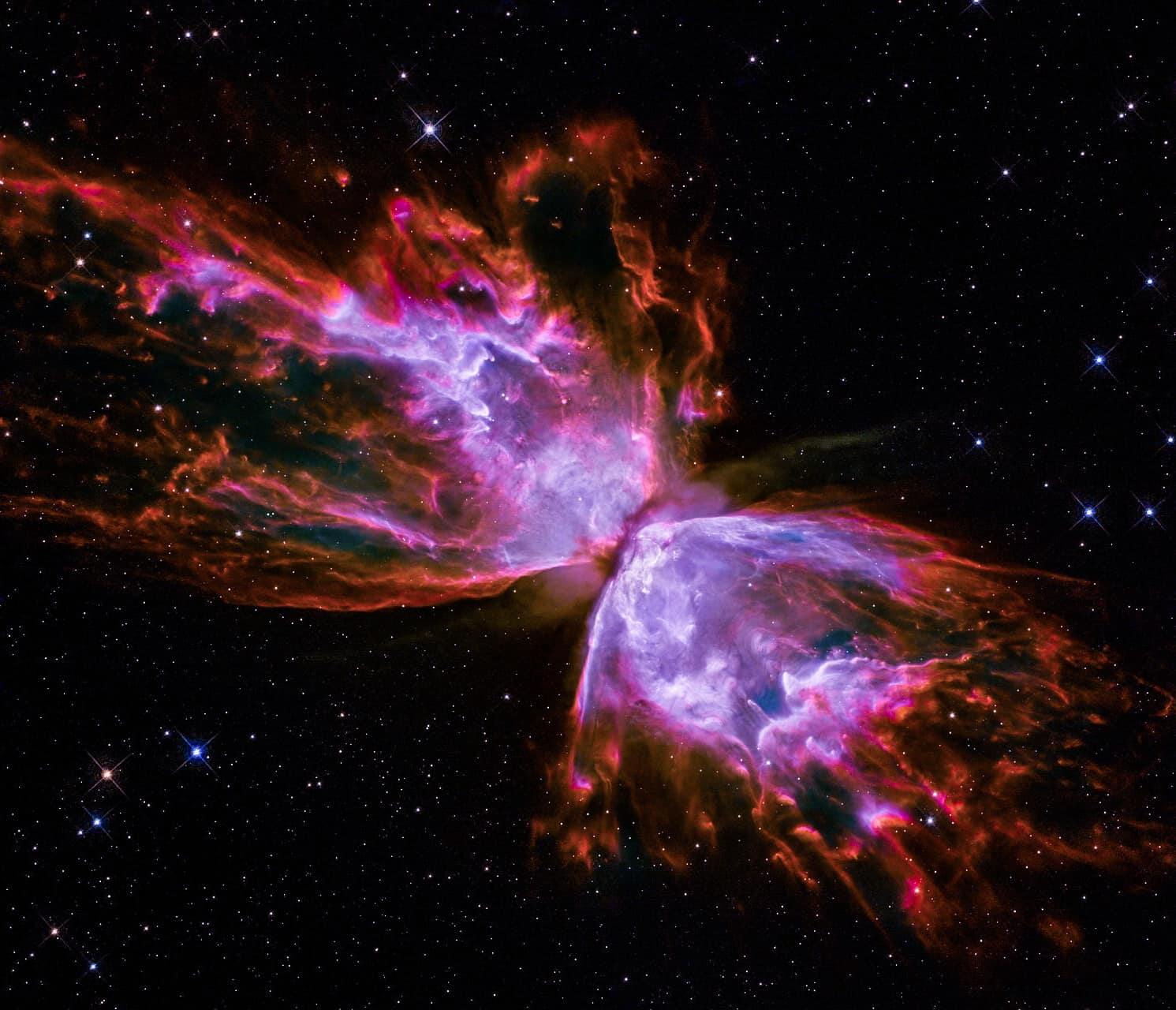The Soul Nebula – Westerhout 5
Westerhout 5 (Sharpless 2-199, LBN 667, Soul Nebula) is an emission nebula located in Cassiopeia. Several small open clusters are embedded in the nebula: CR 34, 632, and 634 (in the head) and IC 1848 (in the body). The object is more commonly called by the cluster designation IC 1848. Image: Equipment/Software: Modified Nikon D90 Sky-Watcher Star Adventurer Sky-Watcher Tripod Sigma 500mm F4 with Lens Collar Intervalometer Bahintov Mask Intervalomter DIY lens hood Pixinsight Sharpcap All Sky Plate Solver Stellarium Acquisition: ISO 1600, 500mm, F/4.0 91 x […]
Read more